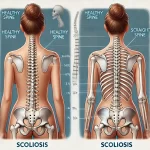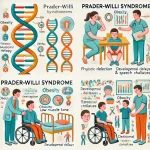Restore blood flow, live better
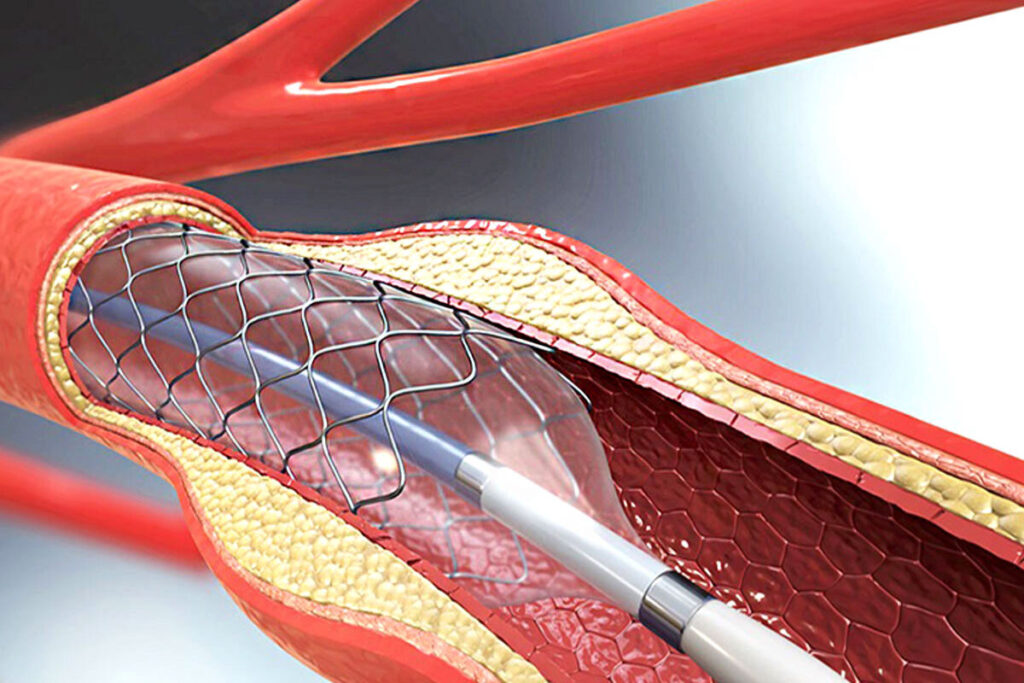
What Is Coronary Angioplasty?
Coronary angioplasty is a minimally invasive procedure used to treat coronary artery disease, a condition where plaque buildup narrows the arteries supplying blood to the heart. During this procedure, a thin tube (catheter) is inserted into a blood vessel in the arm or groin and guided to the blocked coronary artery. A small balloon is then inflated within the blocked area, compressing the plaque against the artery wall and widening the passage. Often, a tiny mesh tube called a stent is inserted to keep the artery open. This improves blood flow to the heart muscle, relieving chest pain and reducing the risk of heart attack.
Coronary Angioplasty Services
Coronary angioplasty services encompass a range of procedures aimed at treating coronary artery disease, a condition where plaque buildup narrows the arteries supplying blood to the heart. These services may include diagnostic angiography to identify blockages, percutaneous coronary intervention (PCI) involving balloon angioplasty and stent placement, and expert care from experienced cardiologists utilizing advanced technology and personalized treatment plans tailored to individual patient needs. The goal of these services is to improve blood flow to the heart, alleviate chest pain, reduce the risk of heart attack, and enhance overall heart health.
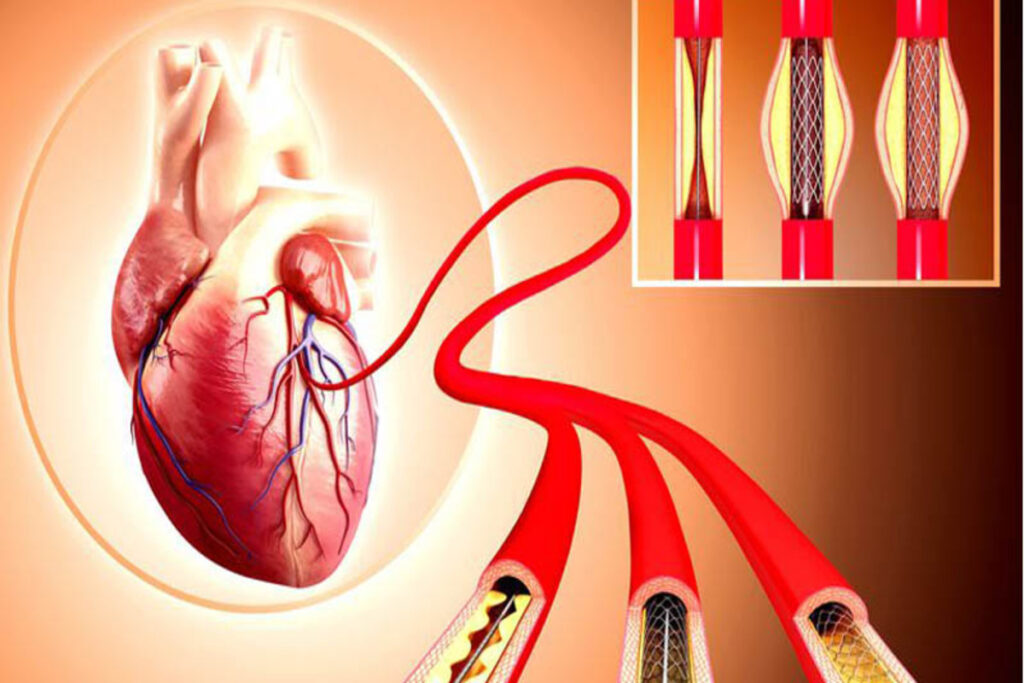
Why Choose Coronary Angioplasty?
Blocked or narrowed arteries can significantly impact your quality of life and pose serious health risks. Coronary angioplasty offers:
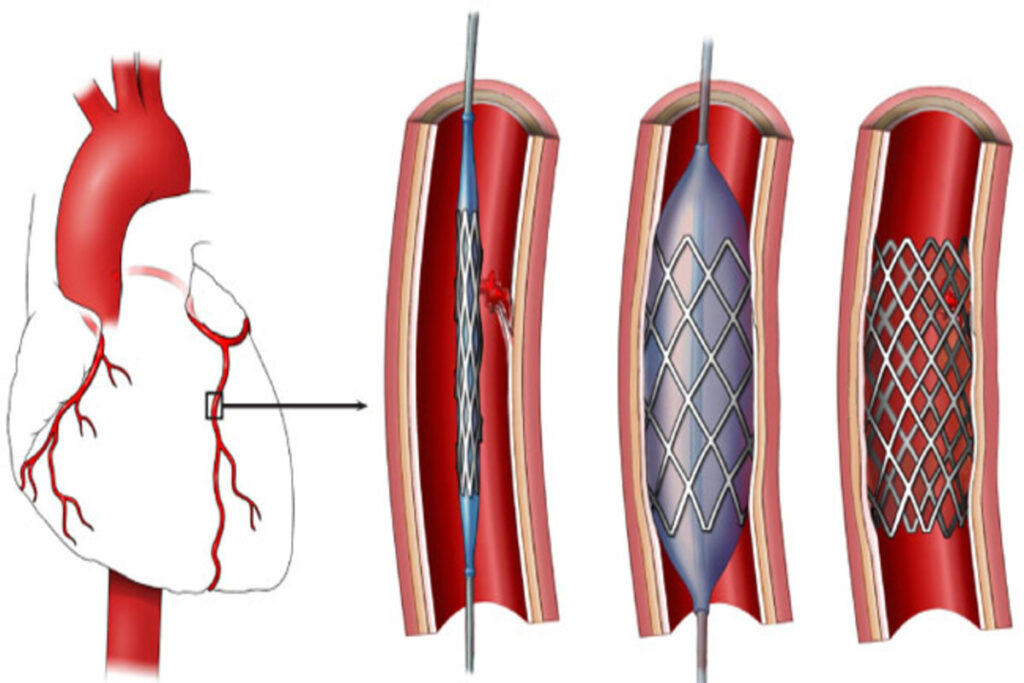
Immediate Relief
Coronary angioplasty can offer immediate relief from the symptoms of coronary artery disease, such as chest pain (angina). By widening the blocked arteries, the procedure improves blood flow to the heart muscle, reducing the frequency and severity of angina attacks. This allows patients to resume normal activities and enjoy a better quality of life with reduced limitations and discomfort.
Minimally Invasive
Coronary angioplasty is considered a minimally invasive procedure compared to traditional open-heart surgery. It involves a small incision in the arm or groin, allowing for the insertion of a thin catheter to reach the blocked artery. This approach minimizes the risk of infection, reduces pain and scarring, and allows for a shorter hospital stay and faster recovery time compared to open-heart surgery.
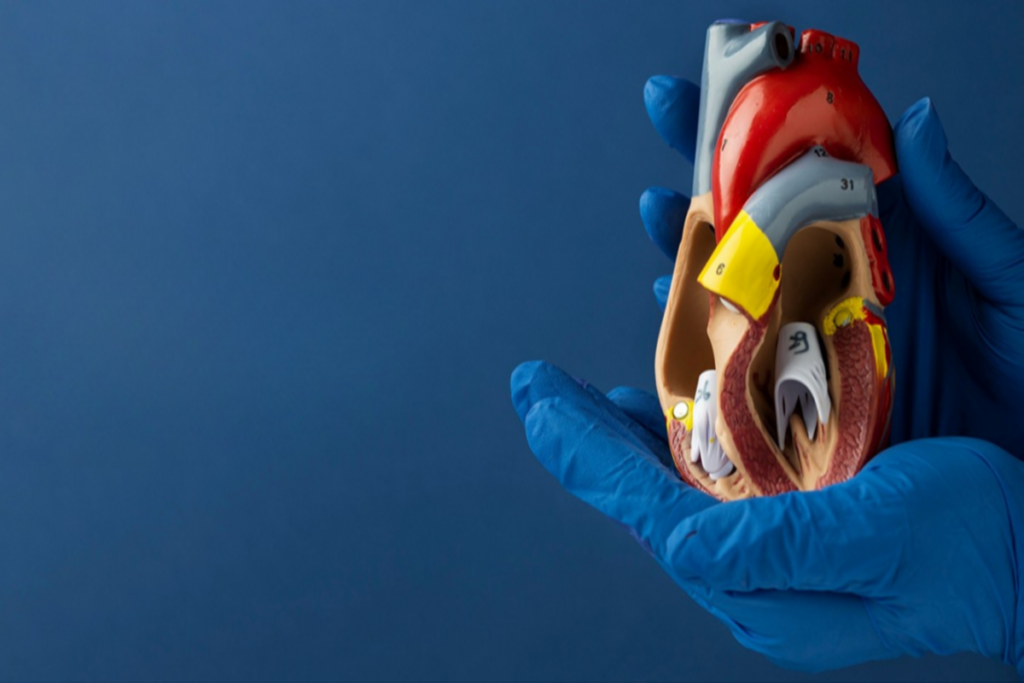
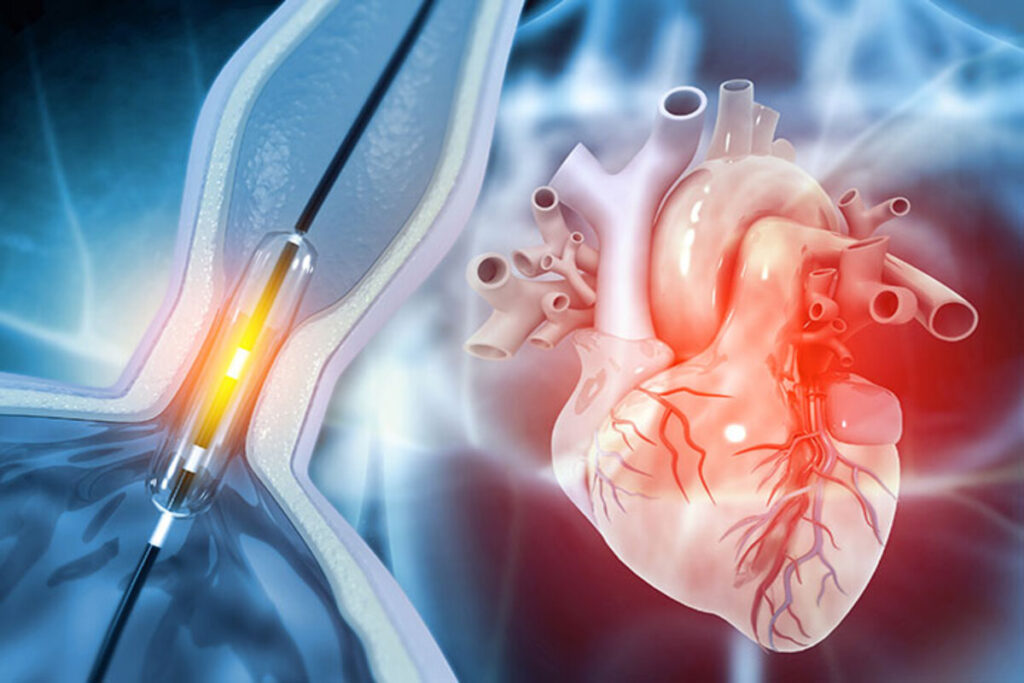
Life-Saving Benefits
Coronary angioplasty can have life-saving benefits for individuals with severe coronary artery disease. By restoring blood flow to the heart muscle, it can significantly reduce the risk of a heart attack, a potentially life-threatening event. In cases of acute myocardial infarction (heart attack), prompt angioplasty can limit the extent of heart muscle damage and improve the chances of survival and recovery.
The Coronary Angioplasty Procedure
Preparation
Preparation for a coronary angioplasty procedure typically involves a thorough medical evaluation, including a physical exam, blood tests, and an electrocardiogram (ECG). You may be asked to stop eating and drinking for a certain period before the procedure. You should also inform your doctor about any medications you are taking, including aspirin, blood thinners, and any over-the-counter medications. Your doctor will provide specific instructions on how to prepare for the procedure and answer any questions you may have.
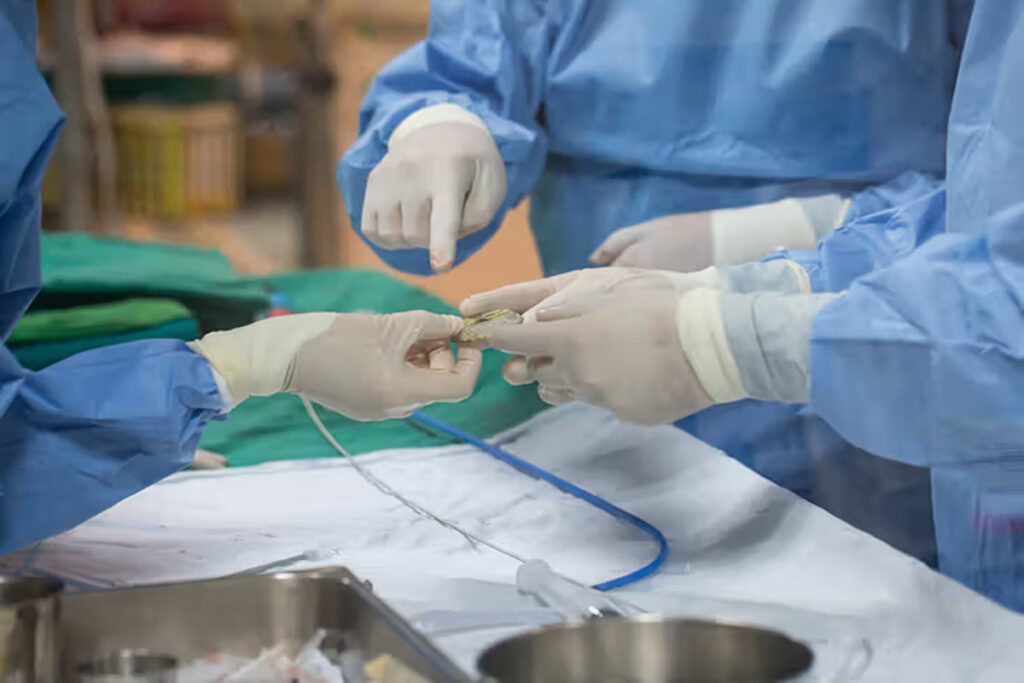
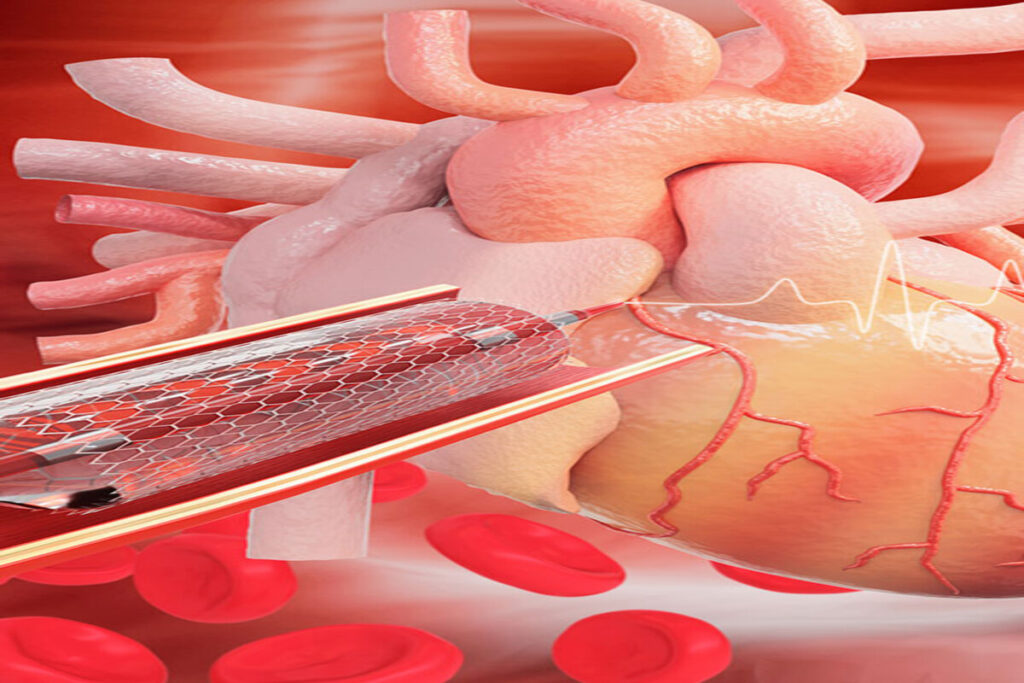
Catheter Insertion
During a coronary angioplasty, a thin, flexible tube called a catheter is inserted into a blood vessel, typically in the groin or arm. Using imaging techniques such as fluoroscopy, the cardiologist carefully guides the catheter through the blood vessels towards the blocked coronary artery. This process requires precision and expertise to ensure the catheter reaches the target area safely and efficiently.
Balloon Inflation
Once the catheter reaches the blocked coronary artery, a small balloon is inflated at the site of the blockage. This action compresses the plaque against the artery wall, widening the narrowed passage and improving blood flow to the heart muscle. The balloon is then carefully deflated and withdrawn.
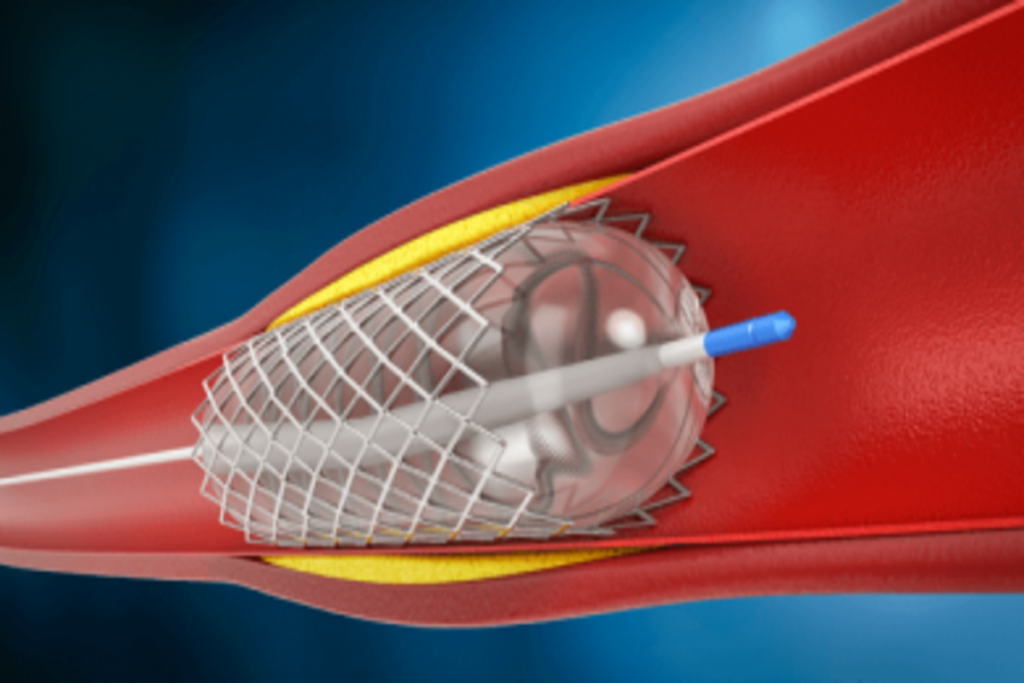
How Can We Help?
We understand the importance of timely and effective treatment for heart disease. Our experienced team of cardiologists specializes in advanced interventional cardiology procedures, including coronary angioplasty. We utilize state-of-the-art technology and minimally invasive techniques to diagnose and treat coronary artery disease. If you are experiencing chest pain, shortness of breath, or other symptoms that may indicate heart disease, we encourage you to schedule a consultation. We are committed to providing compassionate and personalized care to help you achieve and maintain optimal heart health.


